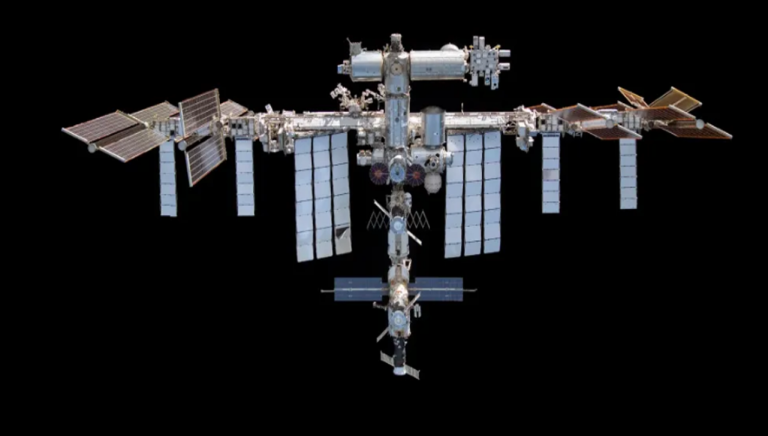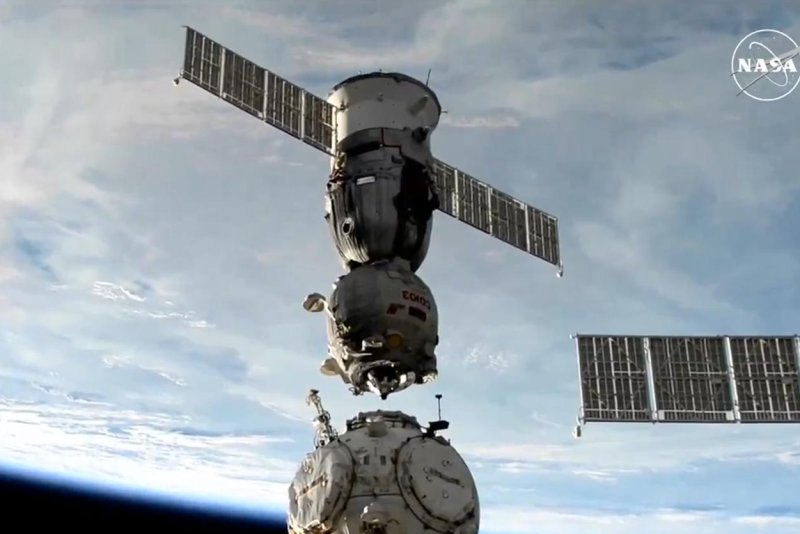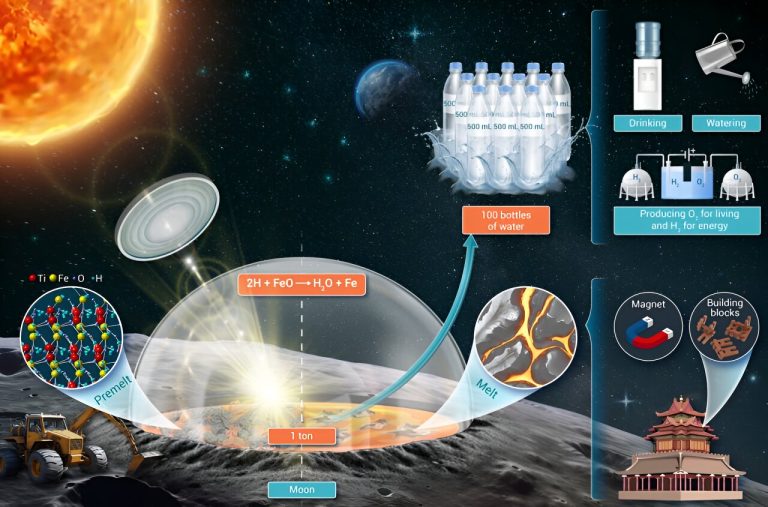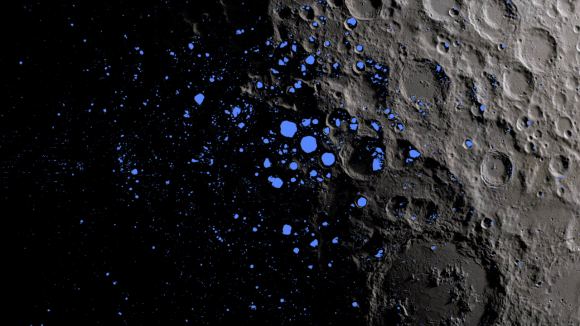NASA and Roscosmos Clash Over International Space Station Air Leak
The disagreement between NASA and Roscosmos regarding the cause and potential danger of a persistent air leak in the Russian segment of the International Space Station (ISS) reveals critical concerns about the station’s aging infrastructure and the need for closer international collaboration.
Summary
- NASA and Roscosmos have different theories about the cause of the leak.
- The air leak in the Zvezda module, detected in 2019, has increased over time.
- Cracks in the module may be due to high cyclic fatigue and stress.
- Both agencies have worked on narrowing down the cause but are yet to find a consensus.
- Repairs have reduced the leak but have not fully eliminated it.
- Concerns remain about the structural integrity of the PrK docking port.
- Collaboration efforts are underway, including bringing in external experts.
- Astronauts have been taking precautionary measures, such as sealing hatches.
- The ISS Advisory Committee continues to oversee safety measures.
- The age of the ISS plays a significant role in these ongoing challenges.
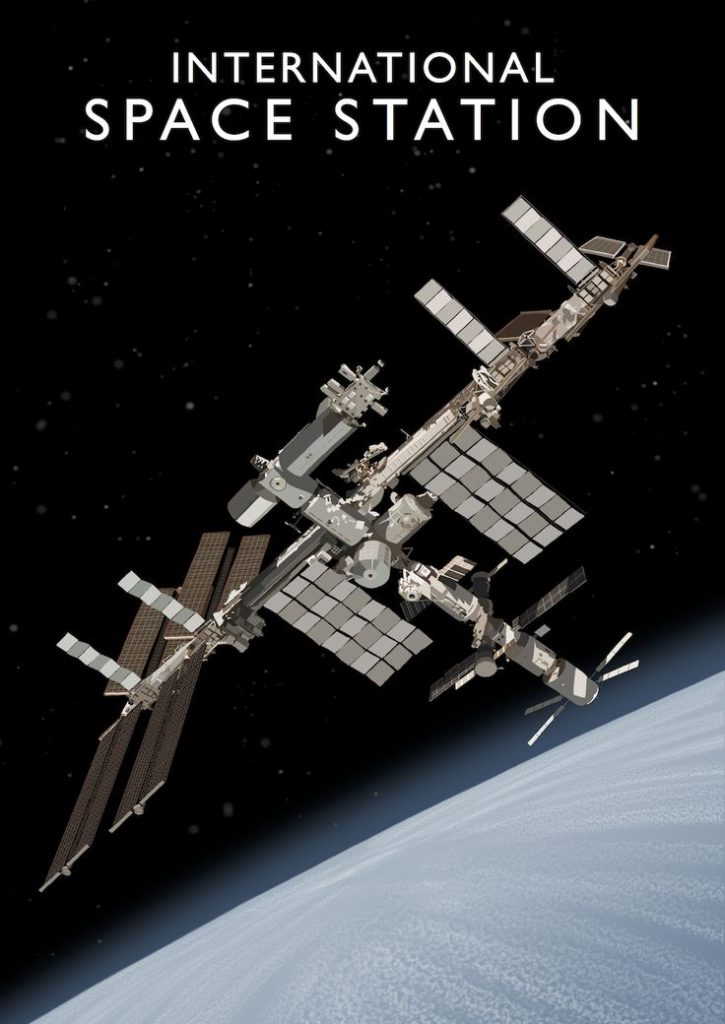
The Persistent Air Leak and Its Implications
The International Space Station, a marvel of human ingenuity and international collaboration, has hosted astronauts for over two decades. However, the station is not immune to the passage of time, and signs of wear and tear have become increasingly apparent. One of the most concerning issues to date is the persistent air leak in the Russian segment of the ISS, specifically within the Zvezda service module.
The air leak was first detected in 2019, but it has only grown more severe. At its peak, the leak resulted in a loss of 1.7 kilograms of air per day. Although repair efforts have managed to reduce the rate of air loss, the leak remains a significant concern for both NASA and Roscosmos. The disagreements over its cause and potential severity have sparked a complex debate, affecting the safety of the station’s crew and the future of the ISS itself.
Diverging Theories: NASA vs. Roscosmos
Russian engineers have posited that the cracks in the PrK docking port are likely due to high cyclic fatigue, a condition that occurs when a material is subjected to repeated loading and unloading. The constant micro-vibrations and stresses experienced by the space station as it orbits the Earth at high speeds could very well be responsible for these cracks. From the Russian perspective, continued operations in the affected area are deemed safe.
Roscosmos has undertaken numerous measures to identify and seal the leaks. However, they maintain that a catastrophic failure of the PrK module is unlikely. They have provided assurances based on structural analyses, but NASA has yet to be convinced.
NASA’s Concerns
NASA’s experts, on the other hand, believe that the issue may be more complex. Their analysis suggests that multiple factors could be contributing to the problem. In addition to cyclic fatigue, they cite pressure fluctuations, mechanical stress, material properties, and exposure to the harsh space environment as potential causes.
Bob Cabana is the chairman of NASA’s ISS Advisory Committee. He pointed out a problem. Teams are investigating why cracks started and how they grow. The U.S. and Russian technical teams do not agree on the main cause. They also do not agree on how serious the leak problems are.
The differences in opinion have created a stalemate, with both sides seeking additional evidence to support their theories. Meanwhile, the safety and well-being of the ISS crew remain paramount.
Safety Precautions and Astronaut Experiences
Despite the disagreements, NASA and Roscosmos have worked together to implement safety measures for the astronauts on board. One of the key precautions involves sealing off the PrK module when it is not in use. Additionally, hatches between the Russian and American segments are kept closed as a precautionary measure.
Michael Barratt, a NASA astronaut who spent nearly eight months on the station, shared his experiences during a briefing. “We’ve taken a very conservative approach to close a hatch between the U.S. side and the Russian side during those time periods,” he explained. “It’s not a comfortable thing, but it is the best agreement between all the smart people on both sides, and it’s something that we as a crew live with.”
Table 1: Safety Measures Taken by the ISS Crew
| Measure | Purpose |
|---|---|
| Sealing off the PrK module | To prevent further air loss |
| Closing hatches between segments | To maintain airtight compartments and ensure safety |
| Monitoring air pressure levels | To detect any significant changes in the station’s atmosphere |
| Performing regular inspections | To check for new cracks or signs of structural weakness |
The Age Factor: ISS Wear and Tear
The ISS, launched in 1998, was not designed to last forever. With over 25 years of continuous operation, the station has inevitably experienced wear and tear. The air leak in the Zvezda module is just one of several maintenance challenges that have emerged over the years.
Both NASA and Roscosmos acknowledge that the station’s age is a contributing factor. However, while some issues can be repaired or reduced, others may require more drastic measures, such as replacing entire sections of the station or decommissioning certain modules.
Michael Barratt’s quote underscores the reality: “The station is not young. It’s been up there for quite a while. You expect some wear and tear, and we’re seeing that.”
Despite their differences, NASA and Roscosmos have agreed on one thing: the need for external expertise. The ISS Advisory Committee has recommended bringing in outside experts from academia and industry to assess the situation and offer potential solutions. This collaborative approach aims to bridge the gap between the two space agencies and ensure the safety of the ISS and its crew.
Bob Cabana stated, “This is an engineering problem, and good engineers should be able to reach a solution and agree on it.” The hope is that by combining the knowledge and experience of engineers from different fields, a consensus can be reached.
Table 2: Potential Factors Contributing to the Air Leak
| Factor | Description |
|---|---|
| High cyclic fatigue | Repeated stress from micro-vibrations weakening the structure |
| Pressure fluctuations | Variations in pressure affecting the module’s integrity |
| Mechanical stress | Forces exerted on the module during docking and undocking |
| Material properties | The characteristics of the materials used in construction |
| Environmental exposure | Long-term effects of space radiation and temperature changes |
The future of the ISS hangs in the balance as NASA and Roscosmos work to address the ongoing air leak and other structural challenges. While the station has provided invaluable scientific and technological advancements, its aging infrastructure poses a dilemma. How long can it continue to operate safely?
Both agencies have plans to eventually decommission the ISS, but until then, ongoing maintenance and repair efforts will be crucial. The collaboration between NASA and Roscosmos will remain a key factor in the station’s continued success.
Facts About the ISS
- The ISS orbits the Earth at a speed of about 17,500 miles per hour.
- It completes one orbit around the Earth approximately every 90 minutes.
- The station has hosted astronauts from 19 different countries.
- The solar panels on the ISS cover an area the size of a football field.
- Astronauts on the ISS experience 16 sunrises and sunsets each day.

